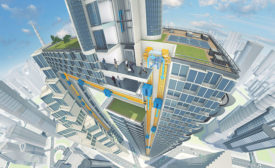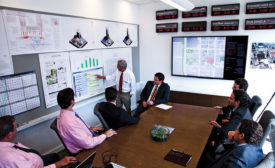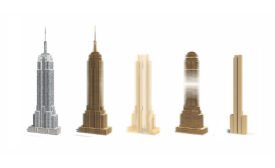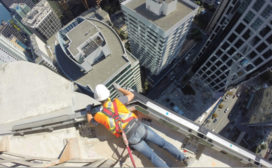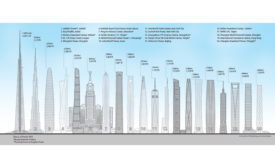Articles by Nadine M. Post
Going Against the Grain: Mass Timber Skyscrapers
‘Timber huggers’ are taking action to change conventional wisdom that tall wood buildings are inferior
Read More
The latest news and information
#1 Source for Construction News, Data, Rankings, Analysis, and Commentary
JOIN ENR UNLIMITEDCopyright ©2025. All Rights Reserved BNP Media.
Design, CMS, Hosting & Web Development :: ePublishing

